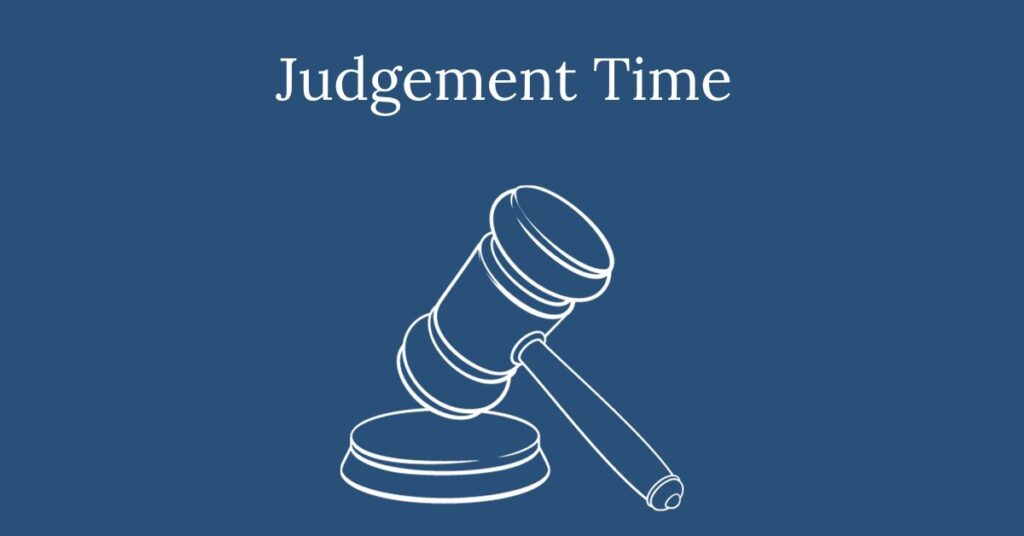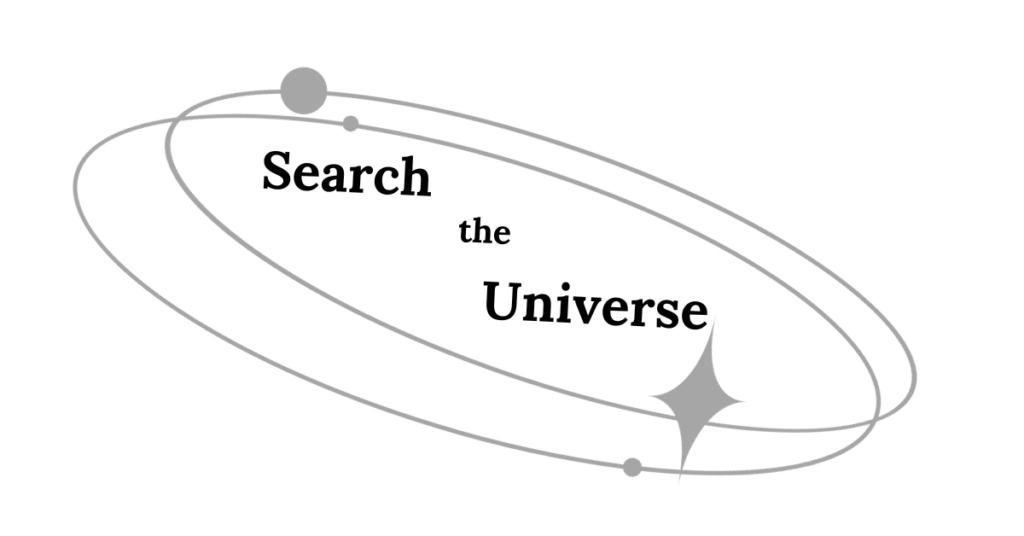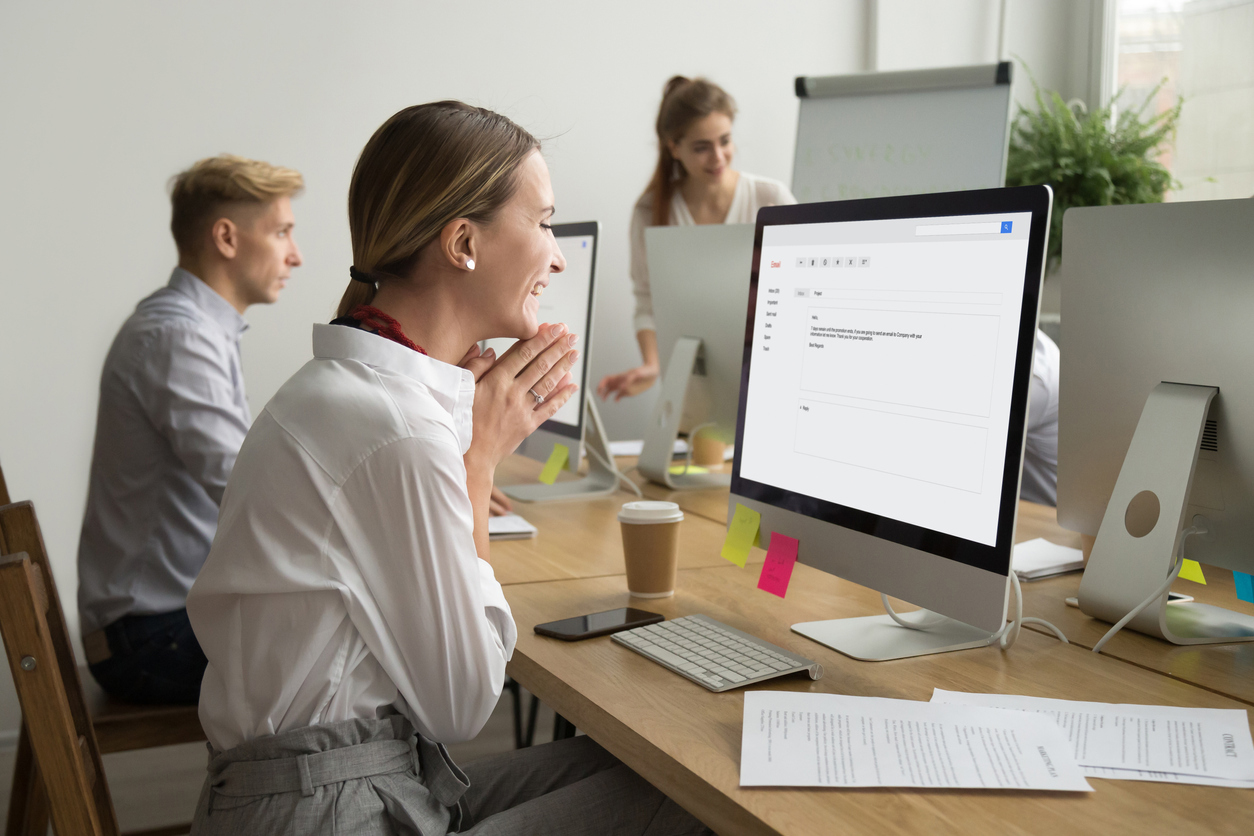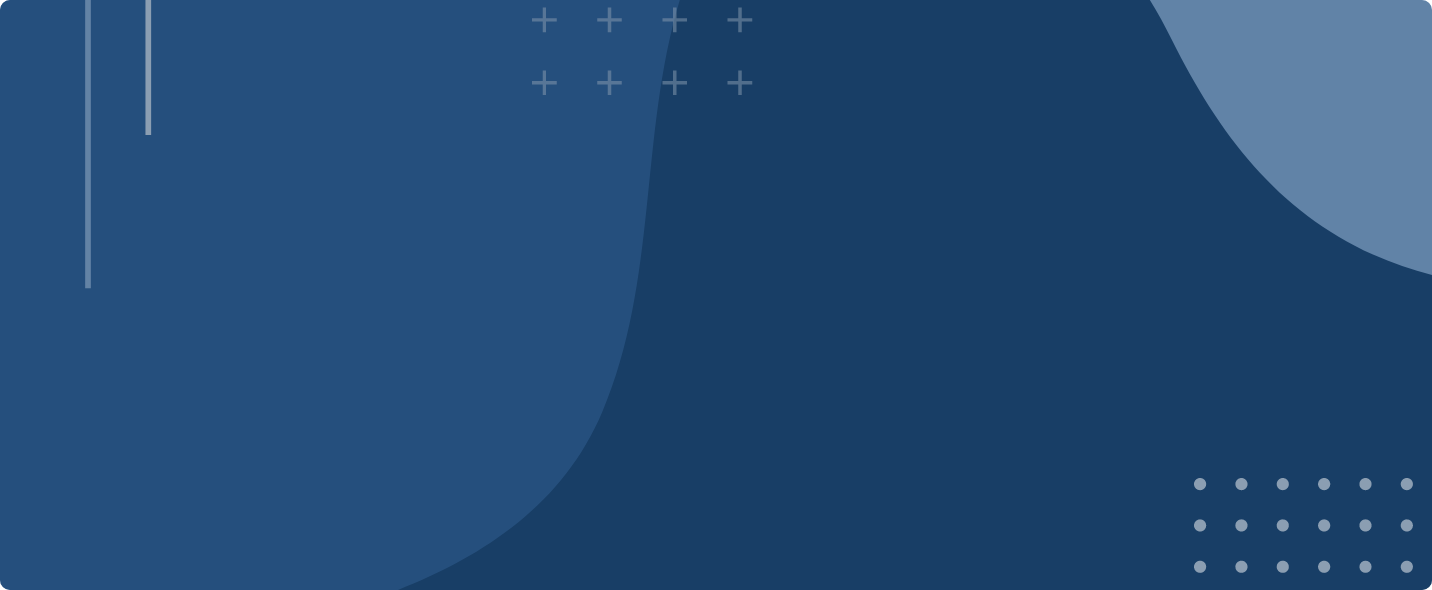Nov 30, 2023
It’s Content Judgement Time – Are you up to the task?
Act

To transform content into knowledge use your judgement, experience and wisdom to perform a series of assessments. Today, I am showing you how I make content judgements during the RAS processes (Research – Analysis – Synthesis).
Judgement Time
The online universe of content is huge, constantly expanding and increasingly complex and perilous. So, how do you find information that is reliable, that you can reasonably trust. The answer is that you perform an ongoing set of assessments as you work your way though the content. This process of assessment is also a process of elimination, narrowing the material down to a set of useful content.

Research
You begin to research knowing that there is an enormous universe of material. Theoretically, this material can be found anywhere and in any source, but for purposes of this exercise we are going to work with the idea that the universe of content is the internet and more specifically the web.
The research starts with a plan of action that you define. The plan may include:
- Research goals
- Parameters such as time periods, acceptable source types
- Proper terms of art or industry related vocabulary
- Identification of search engines and possible sources
- Search strings that take into the goals, parameters and tools that you you choose.

Research Review
You performed the searches and you have pages and pages of websites listings and perhaps some pointers to social media platforms.
Now what? At this point the aim is to quickly review the results, to:
- Validate that your search criterial was useful (if not start over)
- Eliminate spam or irrelevant content
- Compile a list of sites that are worth putting through the evaluation process.

Evaluate
You take the group of sites that you identified through the research phase and you evaluate the quality of the source by looking at the site.
You are not analyzing the importance of the content or trying to apply it to your particular set of goals instead, you are working to understand the quality and usefulness of the source for your purposes.
This inquiry centers around identifying and evaluating elements such as:
- the publisher
- authors/creators
- material presented
- scope of the work
- purpose of the material and biases

Analysis
After you evaluated the sources and eliminated those that do not pass evaluation, you should be left with a collection of sources that contain material that is relevant to your project and are of an acceptable quality.
This is the part of the process where you ask the “hard questions” where you do the analysis necessary to transform the information into knowledge. How do you do this?
By using your existing knowledge, experience and wisdom to:
- identify the relevant information
- examine the meaning of the information
- test your own biases about the information
- identify any issues, gaps, ambiguities, confusion relating to the information
- resolve any such issues or choose to discard the information
- extract the value of the information
- reach a level of understanding about what the information means to your project

Synthesis
This is the process whereby you take the conclusions of your analysis and you apply it to your project so that you can reach a resolution, make an assessment or make a decision that is presented by the project.
For example, if the goal of the research is to assess if a company will be a good partner in a transaction, you take the knowledge that you accumulated through the analysis process and you make a decision by answering the questions – Is the company a good partner for the proposed transaction – yes or no.
This is the time where you are looking to resolve questions, find answers, achieve clarity and reach conclusions for your specific project. This is not theory, this is application. If you are not able to apply what you have found, you are not finished with the diligence process; you need to start again.
A Word About Verification
Verification is the process of finding a second (or third or fourth etc.) source to validate information found in the first source. You often look for verification when you find that the content:
- is incomplete
- unclear
- untrustworthy
- seems “off” or your “gut” is telling you – CHECK
The need or preference for verification can arise at any state of the process.
During the site evaluation stage you may want third party verification that the creator of the content has an expertise in the subject matter. You would then look for other scholarly works by the creator, recommendations for the creator or sources such as articles that identify the creator as an expert.
It is common to look for verification during the analysis stage of the process because that is when you pointedly test the validity of the content that you are assessing. Finding additional sources to verify content is a way to test existing information. But even the last stage – Synthesis – the application of the knowledge is subject to verification if for example, you, or someone else, decides that you need additional “evidence” to support the conclusions.
There is no downside to verifying the truthfulness, clarity or completeness of information.
Putting It All Together



Subscribe for Diligence Updates
Get the latest updates, resources, offers, and more.
"*" indicates required fields
The Diligence File respects your privacy. Privacy Policy